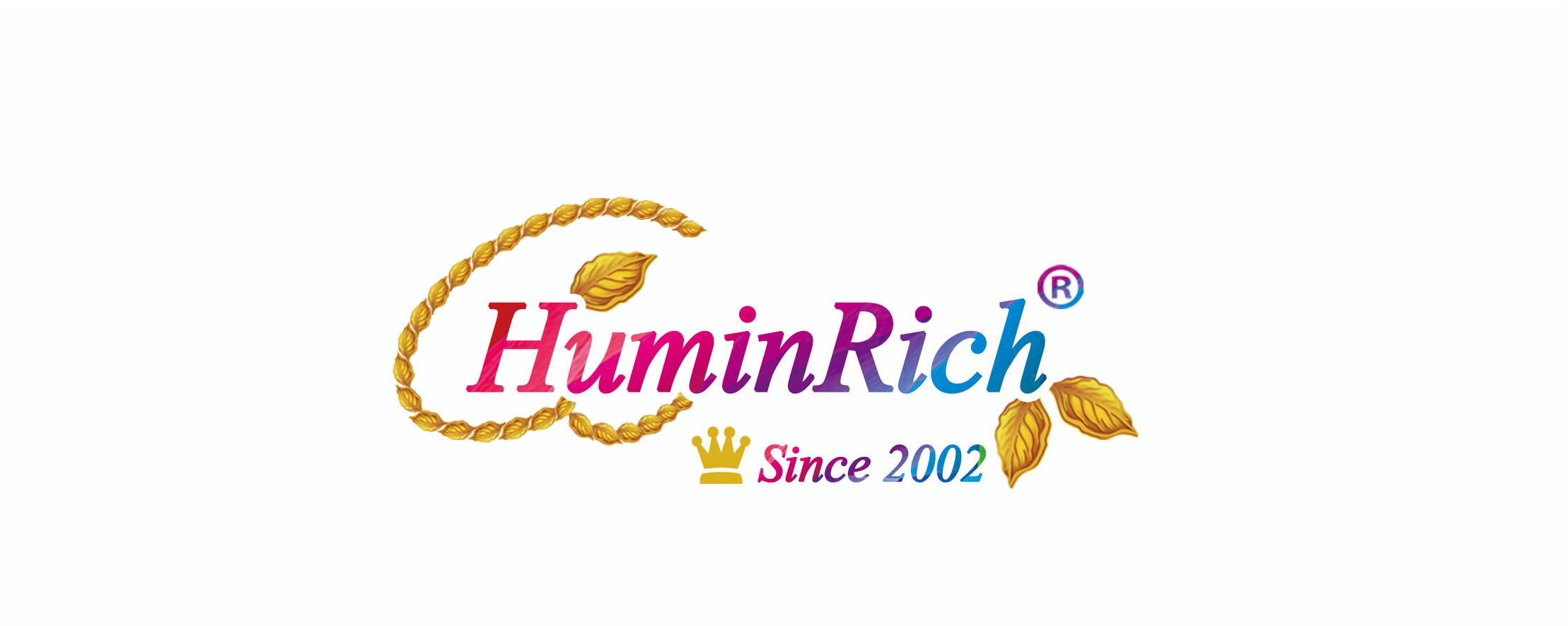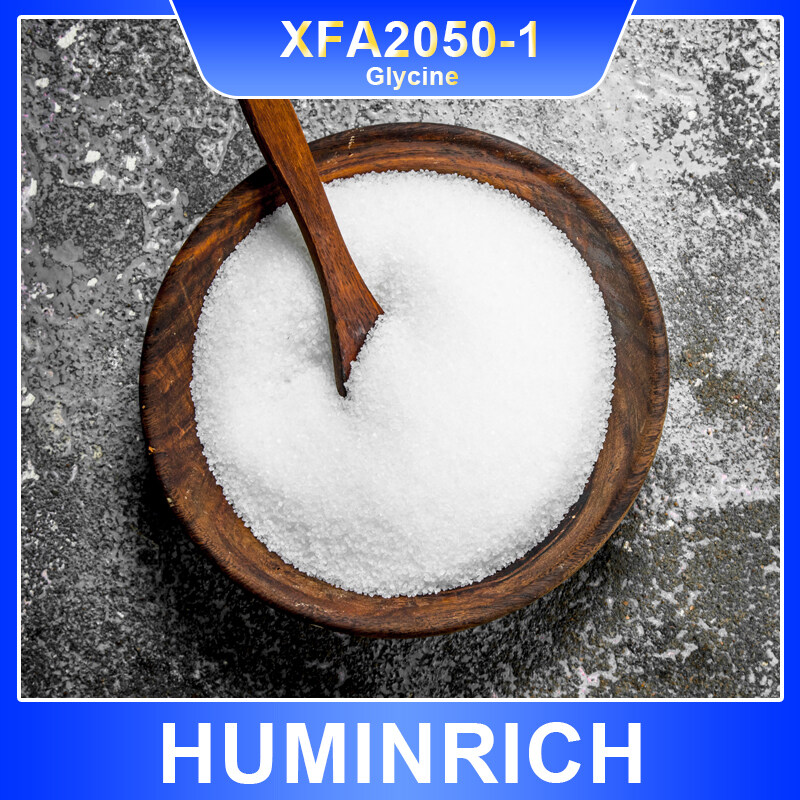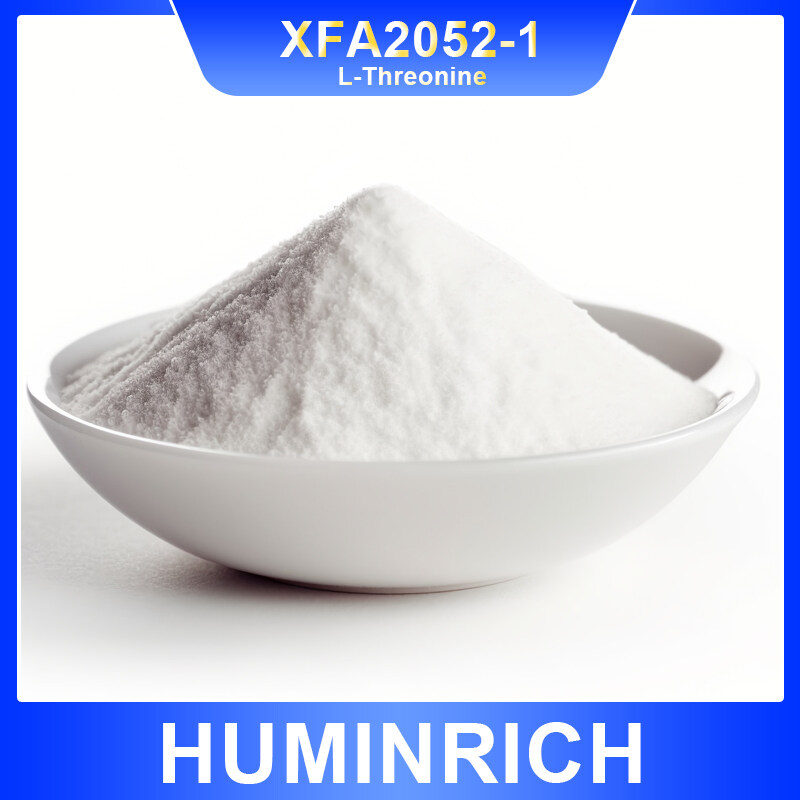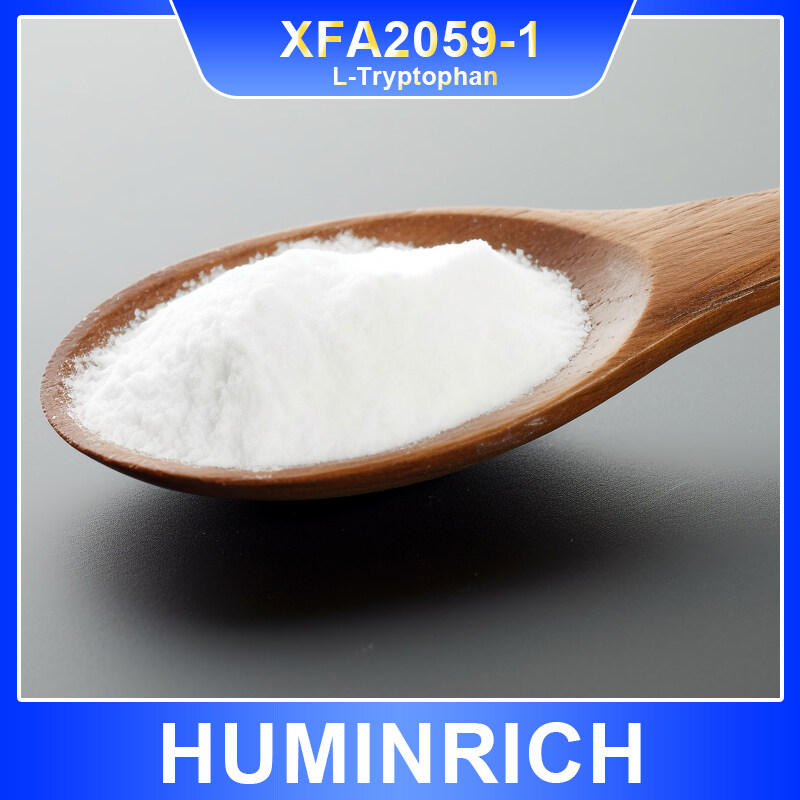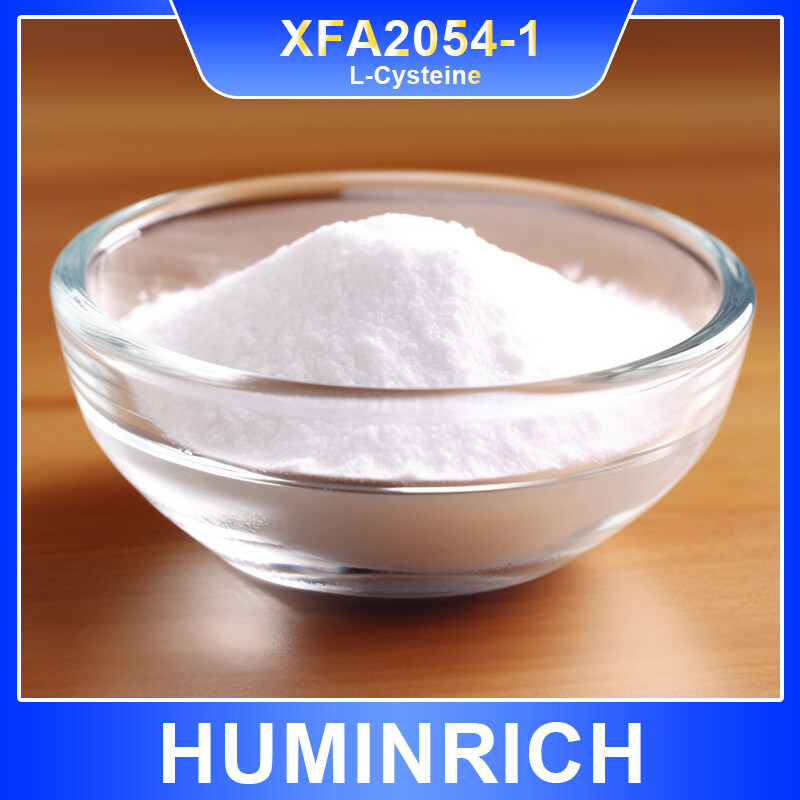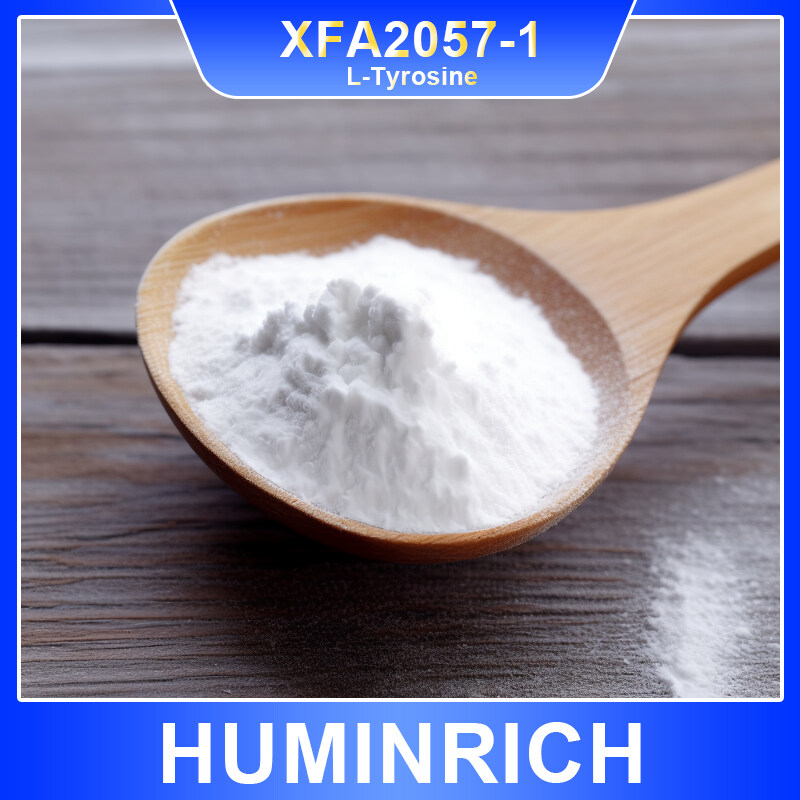Email format error
Email cannot be empty
Email already exists
6-20 characters(letters plus numbers only)
The password is inconsistent
Email format error
Email cannot be empty
Email does not exist
6-20 characters(letters plus numbers only)
The password is inconsistent

Glycine Cas 56-40-6
Technical grade glycine is a glycine product used in industrial applications, usually in the form of a white crystalline powder. Glycine is an important amino acid with many uses and is widely used in industry. It is an achiral molecule and the simplest natural amino acid. L-glycine is a coded amino acid in protein synthesis. It is a non-essential amino acid for mammals. It can be converted from glucose in the body and is named after its sweet taste.
Catalog of Amino acid (basic, protected, derivatives)
20240411
|
Type |
Model No. |
Chemical Name |
CAS No. |
Standard |
|
DL Amino Acid Series |
XFA2053-1 |
DL-Methionine |
59-51-8 |
EP8.0 |
|
L Amino Acid Series |
XFA2016-1 |
L-Lysine HCL |
10098-89-2 |
USP |
|
L Amino Acid Series |
XFA2050-1 |
Glycine |
56-40-6 |
USP40 |
|
/ |
XFA2051-1 |
Glycine Hydrochloride/Glycine HCl |
6000-43-7 |
In house |
|
L Amino Acid Series |
XFA2052-1 |
L-Threonine |
72-19-5 |
USP40 |
|
L Amino Acid Series |
XFA2055-1 |
L-Glutamine |
56-85-9 |
FCC |
|
L Amino Acid Series |
XFA2056-1 |
L-Arginine |
74-79-3 |
USP32 |
|
L Amino Acid Series |
XFA2057-1 |
L-Tyrosine |
60-18-4 |
USP32 |
|
L Amino Acid Series |
XFA2058-1 |
L-Proline |
147-85-3 |
USP36 |
|
L Amino Acid Series |
XFA2059-1 |
L-Tryptophan |
73-22-3 |
USP32 |
|
L Amino Acid Series |
XFA2061-1 |
L-Isoleucine |
73-32-5 |
USP24 |
|
L Amino Acid Series |
XFA2062-1 |
L-theanine |
3081-61-6 |
In house |
|
L Amino Acid Series |
XFA2054-1 |
L-Cysteine |
52-90-4 |
AJI92 |
|
L Amino Acid Series |
XFA2054-2 |
L-Cysteine Hydrochloride Anhydrous |
52-89-1 |
AJI97 |
|
L Amino Acid Series |
XFA2054-3
|
L-Cysteine Hydrochloride Monohydrate |
7048-04-6 |
AJI92 |
|
N-acetyl amino acids |
XFA2060-1 |
NAC N-Acetyl-L-Cysteine |
59587-09-6 |
AJI92 |
|
N-acetyl amino acids |
XFA9001-19 |
NATCA / N-Acetyl Thiproline |
|
In house |
|
Type |
Model No. |
Chemical Name |
CAS No. |
Standard |
|
|
XFA2201-1 |
Taurine |
107-35-7 |
USP36 |
|
|
XFA2202-1 |
L-Carnitine base |
541-15-1 |
In house/ USP43 |
|
|
XFA2203-1 |
GABA/ γ-aminobutyric acid |
56-12-2 |
In house |
|
Type |
Model No. |
Chemical Name |
CAS No. |
Standard |
|
Chelated Series |
XFA2301-1 |
Ferrous bisglycinate |
20150-34-9 |
In house |
|
Chelated Series |
XFA2302-1 |
Zinc Bisglycinate /Glycine zinc |
14281-83-5 |
In house |
|
Chelated Series |
XFA2303-1 |
Calcium Bisglycinate |
35947-07-0 |
In house |
Glycine
|
Appearance |
White Crystallin powder |
|
Test Standard |
USP40 |
|
Glycine |
98.5-101% |
|
Loss on drying,% |
≤0.2 |
|
Chloride,% |
≤ 0.007 |
|
Sulfate,% |
≤ 0.0065 |
|
Heavy metals, ppm |
≤20 |
|
PH |
5.5-7.0 |
2. Product features:
22.1 High Purity: Industrial grade glycine usually has high purity to ensure product quality.
2.2 Solubility: Easily soluble in water and other solvents, facilitating dissolution and reaction in industrial production.
2.3 Biocompatibility: Glycine has good biocompatibility and is suitable for a variety of industrial scenarios.
3. Process characteristics:
3.1 Simple synthesis: The production process of industrial-grade glycine is relatively simple and suitable for large-scale production.
3.2 High efficiency: The process is efficient and can quickly prepare high-quality glycine products.
3.3 Environmental protection and energy saving: The production process pays attention to energy saving and emission reduction, and meets environmental protection requirements.
4. Production process:
4.1 Acid hydrolysis reaction: Use acid hydrolysis method to extract glycine from the corresponding raw materials.
4.2 Crystallization and purification: High-purity glycine product is obtained through crystallization and purification steps.
4.3 Drying and packaging: Glycine products are dried and then packaged into a suitable form.
5. Product use:
Food field:
1. Used as biochemical reagents, medicine, feed and food additives, and as non-toxic decarburizing agent in the nitrogen fertilizer industry;
2. Used as a nutritional supplement, mainly used for seasoning;
3. It has a certain inhibitory effect on the reproduction of Bacillus subtilis and Escherichia coli, so it can be used as a preservative for surimi products, peanut butter, etc., with an added amount of 1% to 2%;
4. It has antioxidant effect (using its metal chelation effect), and adding it to cream, cheese, and margarine can extend the shelf life by 3 to 4 times;
5. To stabilize lard in baked goods, 2.5% glucose and 0.5% glycine can be added;
6. Add 0.1% to 0.5% to the wheat flour used for instant noodles, which can also play a seasoning role;
7. It can buffer the taste of salt, vinegar, etc., and the added amount is 0.3% to 0.7% for salted products and 0.05% to 0.5% for pickled products;
8. It can be used as spice according to my country's GB2760-96 regulations.
Pharmaceutical field:
1. Used as a drug for medical microbiology and biochemical amino acid metabolism research;
2. Used as a synthetic raw material for chlortetracycline buffer, anti-Parkinson’s disease drug L-dopa, vitamin B6, and amino acids such as threonine;
3. Treat myasthenia gravis and progressive muscle atrophy;
4. Treat hyperlipidemia and chronic enteritis (often combined with antacids);
5. Combined with aspirin, it can reduce its irritation to the stomach;
6. Treatment of hyperprolinemia in children;
7. As a nitrogen source to generate non-essential amino acids, add it to the mixed amino acid injection.
Agriculture:
1. Mainly used as an additive and attractant to increase amino acids in feeds for poultry, livestock and poultry, especially pets. Used as a hydrolyzed protein additive and as a synergist for hydrolyzed protein;
2. Glycine ethyl ester hydrochloride, an intermediate used in the synthesis of pyrethroid insecticides in pesticide production, can also be used to synthesize the fungicide iprodione and the herbicide solid glyphosate.
Industrial areas:
1. Used as an additive for electroplating solutions;
2. Used in pharmaceutical industry, biochemical experiments and organic synthesis;
3. Used as raw materials for cephalosporins, intermediates for thiamphenicol, intermediates for the synthesis of imidazole acetic acid, etc.;
4. Used as cosmetic raw materials.
Reagents
1. Used in peptide synthesis and as amino acid protection monomer;
2. Used for the preparation of tissue culture media and the detection of copper, gold and silver;
3. Because glycine is a zwitterion with amino and carboxyl groups, it has strong buffering properties and is often used to prepare buffers;
4. Used as indicator and solvent for complex titration.
6. Shelf life: sealed and stored in a ventilated and dry place, and stored in the original packaging for 3 years
7. Packaging, transaction method, delivery method, etc.:
Packaging: 1kg/25kg bag/drum with linner inside.
Payment method: Western Union; T/T; MoneyGram
Shipping method: Sea/Air/Domestic Shipping}
8. After-sales service/customized service/sample service:
Packaging customization: Customized services are provided for packages above 1000KG;
Sample service: samples are available;
